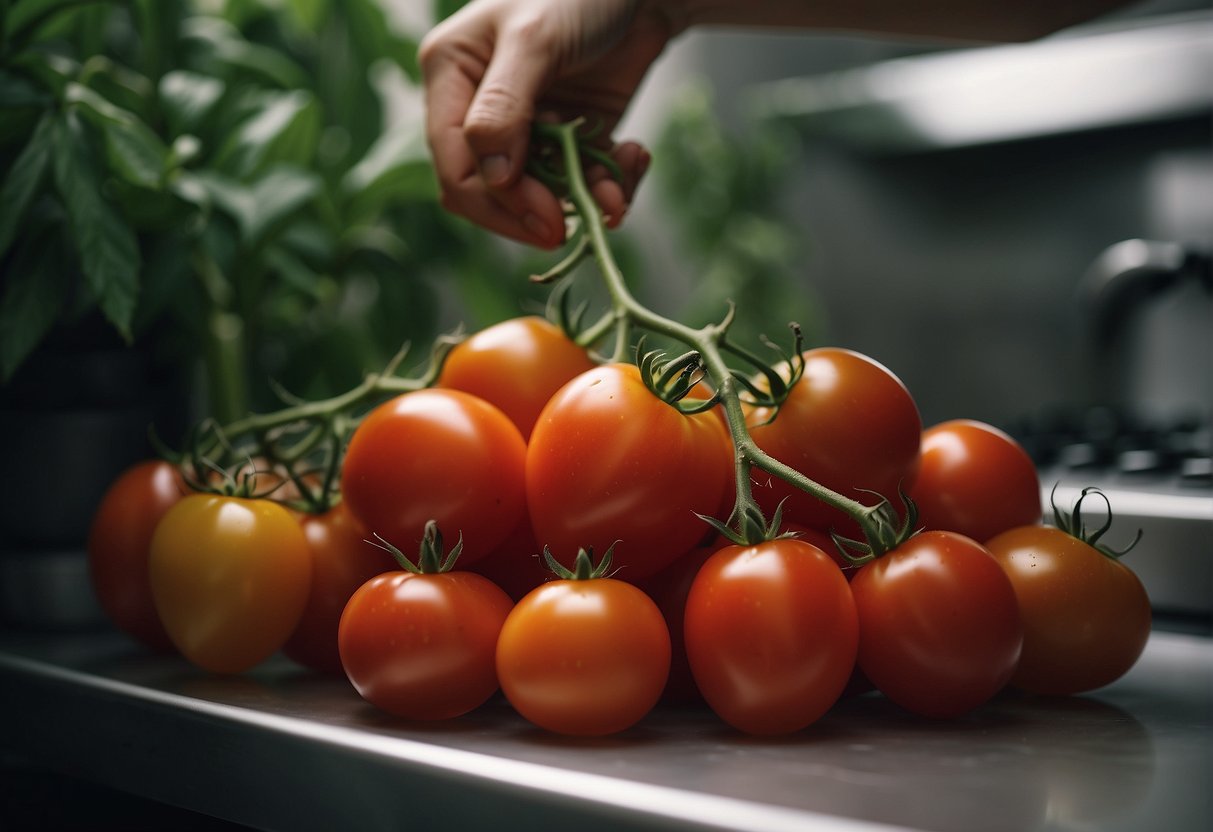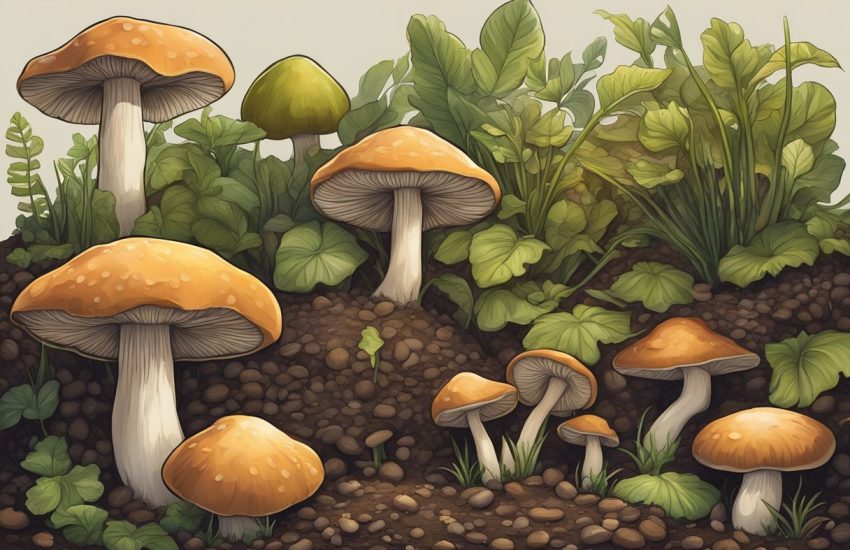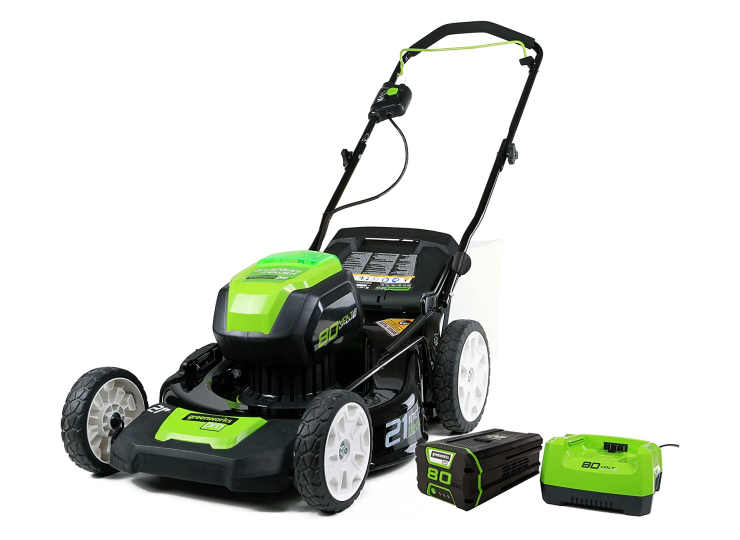Are Roma Tomatoes Determinate or Indeterminate? A Clear Answer
Roma tomatoes are a popular choice for gardeners and farmers due to their meaty texture and rich flavor. However, there is often confusion about whether Roma tomatoes are determinate or indeterminate. The answer to this question can impact how the plants are grown and cared for, making it an important consideration for those looking to cultivate these tomatoes.

Determinate tomatoes are plants that grow to a certain height and then stop, producing all of their fruit at once. Indeterminate tomatoes, on the other hand, continue to grow and produce fruit throughout the season. So, are Roma tomatoes determinate or indeterminate? The answer is that it depends on the variety. Some Roma tomato varieties are determinate, meaning they will produce a large crop of fruit all at once. Other Roma tomato varieties are indeterminate, meaning they will continue to produce fruit throughout the growing season. Understanding the type of Roma tomato you are growing is important for proper care and maintenance.
Types of Tomato Plants
When it comes to tomato plants, there are two main types: determinate and indeterminate. Understanding the differences between these two types is important for any gardener looking to grow tomatoes.
Determinate Tomato Varieties
Determinate tomato plants are often referred to as “bush” tomatoes. These plants grow to a certain height (usually around 3-4 feet) and then stop growing. They also tend to produce all of their fruit at once, making them a good choice for canning or preserving.
Some common determinate tomato varieties include Roma, San Marzano, and Celebrity. These varieties are often preferred by gardeners who are short on space, as they don’t require as much room to grow as indeterminate varieties.
Indeterminate Tomato Varieties
Indeterminate tomato plants, on the other hand, are often referred to as “vine” tomatoes. These plants continue to grow and produce fruit throughout the growing season, often reaching heights of 6-10 feet or more.
Indeterminate varieties tend to produce more fruit overall than determinate varieties, but the fruit may not all ripen at once. This can make harvesting a bit more challenging, but it also means that gardeners can enjoy fresh tomatoes throughout the growing season.
Some common indeterminate tomato varieties include Beefsteak, Brandywine, and Cherokee Purple.
In summary, determinate tomato varieties are bush-like plants that grow to a certain height and produce all of their fruit at once, while indeterminate tomato varieties are vine-like plants that continue to grow and produce fruit throughout the growing season. Both types have their advantages and disadvantages, so it’s important to choose the right type for your garden and your needs.
Characteristics of Roma Tomatoes
Growth Habit
Roma tomatoes are known for their determinate growth habit. This means that the plant will grow to a certain height and stop, producing most of its fruit at once. This makes them ideal for canning and sauce making. The plant will typically grow to a height of 3-4 feet and will not require staking or pruning.
Fruit Features
Roma tomatoes are pear-shaped and have a meaty flesh with few seeds. They are typically 2-3 inches in length and have a bright red color when ripe. The fruit is firm and holds up well when cooked, making it a popular choice for sauces and pastes.
When harvesting Roma tomatoes, it is important to wait until they are fully ripe. This will ensure that they are at their peak flavor and will have the best texture. The fruit should be picked by gently twisting it from the vine.
Overall, Roma tomatoes are a popular choice for home gardeners and commercial growers alike. Their determinate growth habit and meaty flesh make them ideal for canning and sauce making.
Cultivation and Care

Planting and Spacing
Roma tomatoes can be grown from seeds or seedlings. If starting from seeds, they should be planted indoors six to eight weeks before the last frost date. Once the seedlings have grown to about 6 inches in height, they can be transplanted into the garden. If using seedlings, they can be planted directly into the garden once the last frost date has passed.
When planting Roma tomatoes, it is important to space them properly. They should be planted 24 to 36 inches apart in rows that are 36 to 48 inches apart. This will allow for proper air circulation and sunlight exposure.
Watering and Fertilization
Roma tomatoes require consistent watering throughout the growing season. They should be watered deeply once a week, or more frequently during hot and dry weather. It is important to avoid overhead watering, as this can lead to fungal diseases.
To ensure healthy growth, Roma tomatoes should be fertilized with a balanced fertilizer that is high in nitrogen. Organic materials, such as compost or well-rotted manure, can also be added to the soil to provide additional nutrients.
Support and Trellising
Roma tomatoes are indeterminate, meaning they will continue to grow and produce fruit throughout the growing season. As such, they require support and trellising to keep the plants upright and prevent them from sprawling on the ground.
There are several methods of support and trellising that can be used for Roma tomatoes, including staking, tomato cages, and trellising. Staking involves placing a wooden or metal stake next to the plant and tying the stem to the stake as it grows. Tomato cages are wire cages that are placed around the plant to provide support. Trellising involves using a string or wire to support the plant as it grows upward.
Overall, proper care and cultivation techniques are essential for growing healthy and productive Roma tomato plants. With adequate water, fertilization, and support, these plants can thrive in full sun and produce delicious fruit for the entire growing season.
Harvesting and Usage

Optimal Harvest Time
Determining the optimal time to harvest Roma tomatoes is crucial for achieving the desired flavor and texture. These tomatoes are typically harvested when they are fully ripe, which is indicated by their deep red color and firmness. It is important to avoid harvesting them too early, as this can result in a lack of flavor and a tough texture.
To ensure that the tomatoes are at their peak ripeness, it is recommended to check them daily and harvest them as soon as they reach the desired color and firmness. This will help to preserve their flavor and texture, and ensure that they are suitable for use in a variety of recipes.
Preservation and Canning
Roma tomatoes are a popular choice for canning and preserving, as they have a thick flesh and low water content. This makes them ideal for use in sauces, soups, and stews.
To prepare Roma tomatoes for canning or preserving, it is recommended to wash them thoroughly and remove any stems or blemishes. They can then be blanched in boiling water for a few minutes, before being peeled and packed into jars.
When canning Roma tomatoes, it is important to follow proper safety procedures to prevent the growth of harmful bacteria. This includes using sterile jars and lids, and processing the jars in a pressure canner for the recommended amount of time.
Overall, Roma tomatoes are a versatile and flavorful variety that are well-suited for use in a variety of recipes. Whether you are making sauce, canning, or simply enjoying them fresh, proper harvesting and preparation techniques can help to ensure that they are at their best.
Common Varieties and Alternatives

When it comes to tomatoes, there are many different varieties to choose from. Some are determinate, meaning they grow to a certain size and then stop, while others are indeterminate, meaning they will continue to grow and produce fruit until they are killed by frost. Here are some popular determinate and alternative tomato varieties:
Popular Determinate Varieties
San Marzano
San Marzano is a popular determinate paste tomato variety known for its sweet flavor and meaty texture. This tomato is great for making sauces and canning, and is also resistant to many common tomato diseases.
Amish Paste
Amish Paste is another popular determinate paste tomato variety that is known for its large size and meaty texture. This tomato is great for making sauces and canning, and is also resistant to many common tomato diseases.
Plum Tomato
Plum tomatoes are another popular determinate paste tomato variety that are great for making sauces and canning. They are known for their oblong shape and meaty texture, and are also resistant to many common tomato diseases.
Heirloom and Hybrid Options
Beefsteak
Beefsteak tomatoes are a popular heirloom tomato variety known for their large size and juicy texture. They are great for slicing and using in sandwiches or salads.
Brandywine
Brandywine tomatoes are another popular heirloom tomato variety known for their large size and sweet flavor. They are great for slicing and using in sandwiches or salads.
Sungold
Sungold tomatoes are a popular hybrid cherry tomato variety known for their sweet flavor and bright orange color. They are great for snacking on or using in salads.
Early Girl
Early Girl tomatoes are a popular hybrid tomato variety known for their early maturity and juicy texture. They are great for slicing and using in sandwiches or salads.
Overall, there are many different tomato varieties to choose from, both determinate and indeterminate. When selecting a tomato variety, it’s important to consider your intended use, as well as any specific disease resistance or growing requirements.
Frequently Asked Questions
What distinguishes determinate from indeterminate tomato plants?
Determinate tomato plants are bushy and compact, and they grow to a predetermined height before stopping. They produce fruit all at once, making them ideal for canning or preserving. Indeterminate tomato plants, on the other hand, are tall and vine-like, and they continue to grow and produce fruit throughout the growing season.
Can you explain the growth habits of Roma tomato plants?
Roma tomatoes are determinate, meaning they grow to a certain height and then stop. They are bushy and compact, making them ideal for small gardens or containers. Roma tomatoes typically grow to a height of 3-4 feet and produce fruit all at once.
What are the staking requirements for Roma tomato plants?
Roma tomato plants should be staked or caged to support their weight and keep the fruit off the ground. Staking involves tying the main stem of the plant to a sturdy stake, while caging involves placing a wire cage around the plant and allowing it to grow through the openings.
How can one identify if a tomato variety is determinate or indeterminate?
The best way to identify whether a tomato variety is determinate or indeterminate is to check the seed packet or plant label. Most seed companies and nurseries will indicate whether a variety is determinate or indeterminate.
What is the typical size and height of a Roma tomato plant?
Roma tomato plants typically grow to a height of 3-4 feet and have a spread of 2-3 feet. The fruit is medium-sized, oval-shaped, and has a thick meaty flesh.
Is pruning necessary for Roma tomato plants, and if so, how is it done?
Pruning is not necessary for Roma tomato plants, but it can help improve air circulation and reduce the risk of disease. To prune, simply remove the suckers that grow in the crotch between the main stem and the branches.


